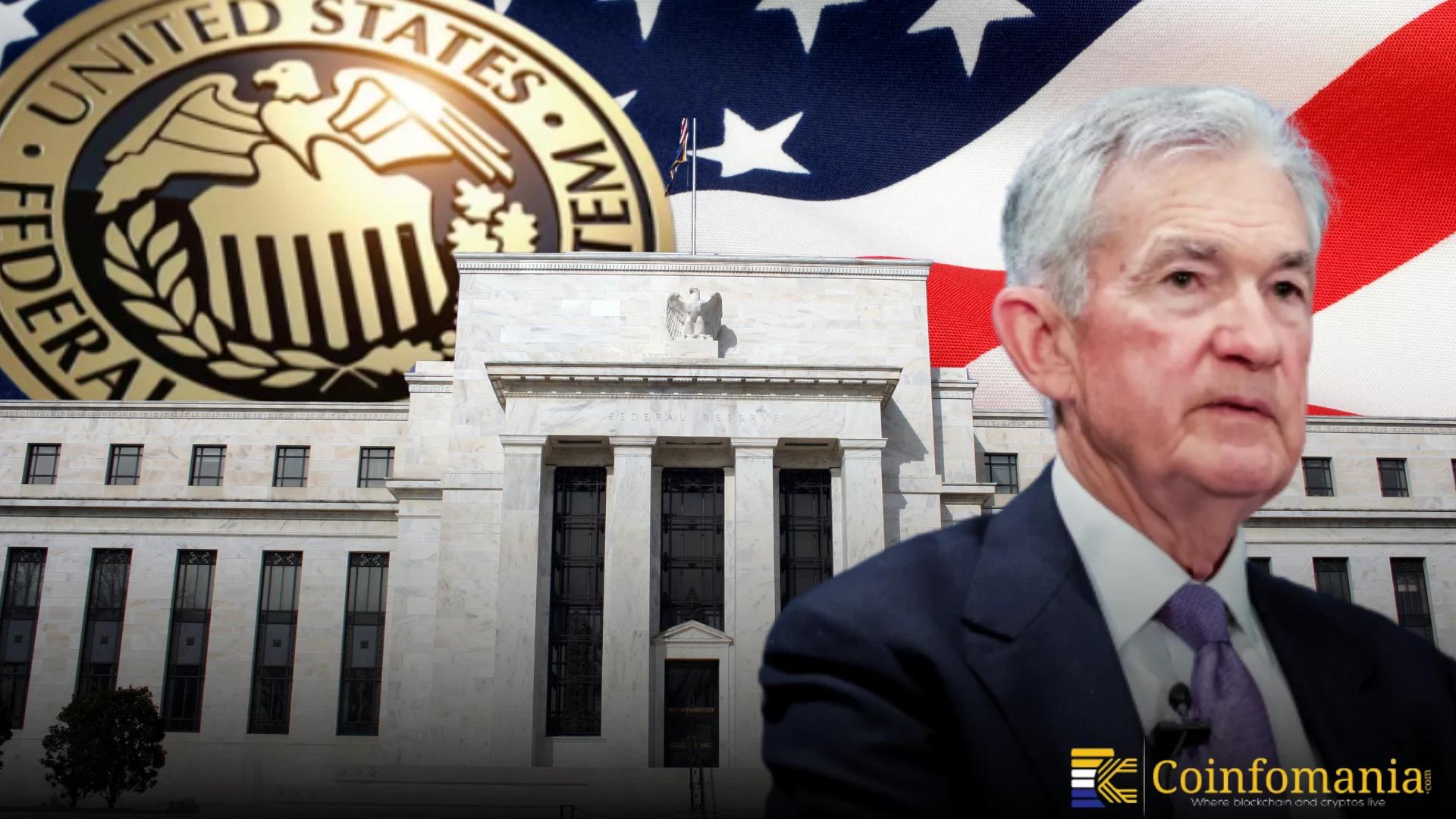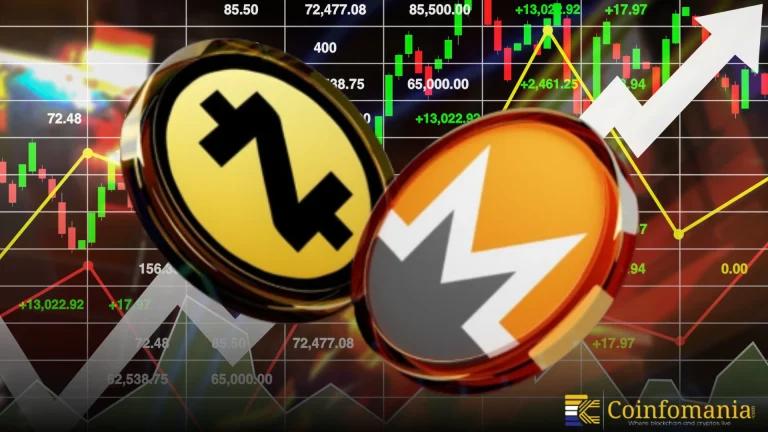Stablecoins Enter the Monetary Policy Conversation
Let’s uncover how stablecoin demand could reshape monetary policy and push interest rates lower in the coming years.

Quick Take
Summary is AI generated, newsroom reviewed.
Fed Governor Stephen Miran predicts stablecoin demand could reach up to $3 trillion within five years.
Rising stablecoin demand could push down interest rates by increasing the pool of loanable funds.
Growing digital dollar assets may strengthen the U.S. dollar’s dominance and reshape global monetary policy.
Uncertainties remain around regulation, adoption pace, and how capital shifts between banks and stablecoins.
The conversation around stablecoin demand is no longer limited to crypto circles. It is now about reached the heart of global finance. Federal Reserve Governor Stephen Miran recently warned that surging interest in stablecoins could reshape monetary policy and push down long-term interest rates.
Speaking at a recent economic policy forum, Miran projected that stablecoin demand could grow to nearly $3 trillion within the next five years. He argued that this explosion in demand could expand the pool of loanable funds and put downward pressure on borrowing costs. This could ultimately challenge the Fed’s “higher for longer” stance on interest rates.
As digital dollar assets like stablecoins gain momentum worldwide, Miran believes their influence could alter the structure of the global financial system , from the U.S. Treasury market to global liquidity flows.
🇺🇸 LATEST: Fed Governor Stephen Miran says growing stablecoin demand could push down interest rates, predicting the market could hit $3 trillion in the next 5 years. pic.twitter.com/TercUihJE3
— Cointelegraph (@Cointelegraph) November 10, 2025
Stablecoin Demand Set to Soar to $3 Trillion
Miran suggested stablecoin demand could be between $1 trillion and $3 trillion at the end of the decade. The majority of stablecoins are pegged to the U.S. dollar, which is further evidence of the dollar’s global dominance, as he noted. He also said that U.S. regulation requires that stablecoin issuers back their reserves with safe and liquid assets, such as Treasury bills and government-backed securities.
As a result, the rise in digital dollar assets directly boosts demand for U.S. debt. This extra demand for government securities, Miran explained, can reduce yields and consequently lower the equilibrium interest rate known as the neutral rate (r*). A lower r* means the Fed might need to maintain more accommodative policies to keep economic growth stable.
How Stablecoins Could Lower Interest Rates
In Miran’s view, the mechanism is straightforward. When stablecoin demand grows, more money is effectively stored in dollar-based assets, increasing the overall supply of funds in the financial system. This higher supply pushes borrowing costs down, lowering interest rates across markets.
If this trend continues, it could reduce the neutral interest rate. The rate at which monetary policy neither stimulates nor restricts growth. A lower rate would mean that policy rates, such as the federal funds rate, need to stay lower to maintain balance in the economy.
Miran emphasized that this effect could be structural, not temporary. That means as stablecoin demand becomes a lasting feature of global finance, the Fed may have to adjust its long-term monetary policy outlook accordingly.
The Ripple Effects on Monetary Policy and Global Finance
The implications of rising demand for stablecoins extend far beyond interest rates. If demand for stablecoins rises, it will certainly affect the nature of global liquidity flows. But, more importantly, it will affect the transmission of monetary policy through the economy, first. Increasing demand for stablecoins will put further pressure on the Fed to maintain low rates, particularly if we begin to see capital flows globally to dollar-denominated assets at a higher pace.
Second, banks will experience outflows if savers start moving funds to stables and tighten credit. Finally, in a world with digital dollar assets, it might lead to more dollarization of other countries’ economies, undermining their domestic monetary policy control.
Final Thoughts
The message from Governor Stephen Miran is direct. Stablecoin demand is no longer merely a trend in crypto; it is macroeconomic change. A change that is becoming embedded in our reality. If stablecoins increase to $3 trillion in value, it will change how interest rates are determined and how monetary policy functions in the United States.
The evolution will put the Federal Reserve to the test to determine what level of adaptation occurs as we increasingly move toward this digital landscape over the next few years. Whether the transition brings greater certainty to financial stability or introduces greater uncertainty will depend on how stakeholders, including regulators, investors and markets, respond to the accelerating trend.
Follow us on Google News
Get the latest crypto insights and updates.
Related Posts

Binance’s CZ Warns Users Not to Buy Accounts He Follows, Vows Unfollows
Shweta Chakrawarty
Author

Bitcoin OGs Turn to ETFs for Smarter Tax and Investment Gains
Vandit Grover
Author

Monero Skyrockets Past Key Resistance, Rides the Zcash Wave to $470!
Triparna Baishnab
Author